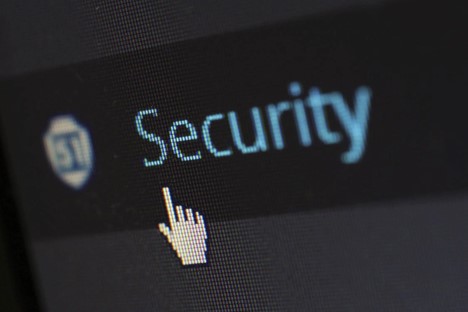Simplifying Cybersecurity for Peace of Mind (Guest Blog)
By Riley Jordyn On 07/15/2024

Everyone wants to have strong cybersecurity defenses for their personal or commercial devices. After all, who wouldn't want to sleep better at night, knowing they're not getting hacked at that very moment?
Unfortunately, there are vulnerabilities everywhere in technology — even with how Wi-Fi is designed and used. Recently, New York University Abu Dhabi researcher Mathy Vanhoef found flaws that can expose virtually every Wi-Fi enabled device to some form of attack.
The flaws relate to how Wi-Fi chops up, reorders, and puts data back together when in transit to the other end so information moves as quickly as possible. If an attacker was in range for these "FragAttacks", they could potentially exfiltrate data from a victim and compromise their devices. Once a wireless network and its devices are compromised, cybercriminals can gain access to an enterprise network. For your peace of mind, basic cybersecurity tools such as firewalls, intrusion prevention systems, and anti-malware systems are necessary to protect your Wi-Fi networks. By ensuring these fundamental security features are in place, you won't need to spend as much on data recovery.
Approaching Security Through Your Wi-Fi Network
Complexity has become a growing problem in cybersecurity, however. While the environment demands additional protection, organizations typically respond by adding new tools to their security stack. Having more tools creates a complicated environment, and opens up additional vulnerabilities. The ideal set-up should have fewer tools you know how to use properly and maximize, instead of too many you don't know what to do with.
Keeping your devices updated and operating systems patched is one way to stay secure. When the news about the FragAttacks broke out, industry giants took it seriously; Microsoft shipped out patches, while a patch to the Linux kernel worked its way through the release system. These patches meant that hackers were less likely to find and abuse flaws, such as injecting malformed data and becoming a "man in the middle" of the network. Using secure passwords, backing up configuration files, and checking for an HTTPS web encryption lock on the pages you visit also helps.
Wi-Fi protocols have built-in privacy that extends from devices to routers, but nothing beyond that, which is why routers are often compromised. Using Virtual Private Networks (VPN) offers more privacy and discourages snooping on traffic, as these encrypt DNS requests. VPNs make it harder for an attacker to see what the target is doing online, or to redirect users to malicious phishing websites, which is why it's one of the most essential cybersecurity tools.
Improving Your Cybersecurity Strategy
Planning simple but strong cybersecurity strategies are essential for every business nowadays, as we are facing attacks against critical infrastructure, the growing threat of ransomware, and pandemic-related vulnerabilities on a global scale. Analysis from nonprofit association CompTIA reveals that cybersecurity is definitely on many employers' radar, with the demand for cybersecurity workers moving up from 17% of IT job postings in 2019 to 20% in 2021.
Going over strategies with a cybersecurity expert is key to protecting any system. Maryville University's cybersecurity curriculum outlines that cybersecurity graduates undergo courses on ethical hacking, network and cloud security, virtualization, and digital forensics so they can test your set-up for any weak spots. Today's wireless network security professionals must also have a thorough understanding of the latest software, tools, and trends available. With additional training and knowledge, they can protect the fort for organizations.
As we discussed in our editorial article called 'Let's Make Wireless as Boring as Possible', this is what the new CWDP (update) and CWIDP (new) certifications are all about. These certifications will help everyone working with wireless — including design, support, engineering, and development — keep up-to-date with the latest trends and threats. This way, their designs would work properly and be boringly safe. Sign-up for Wi-Fi career certification exams today.
Article written by Riley Jordyn
For the exclusive use of cwnp.com
Blog Disclaimer: The opinions expressed within these blog posts are solely the author’s and do not reflect the opinions and beliefs of the Certitrek, CWNP or its affiliates.



